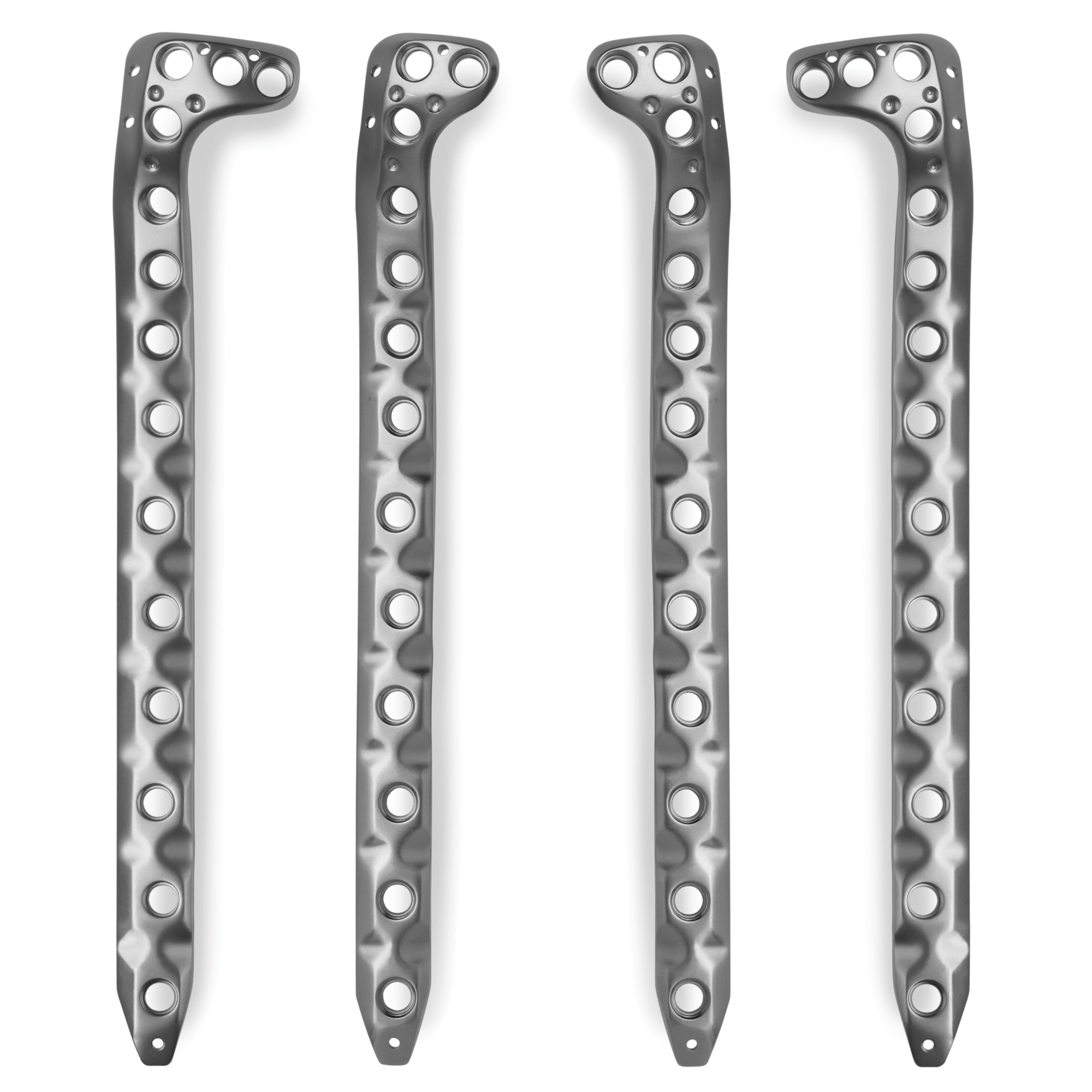
ZBI Network
Get access to all our education resources, webinars and more in one place.

The system allows for polyaxial screw placement (30°) with subsequent screw locking. Before locking, the screws can act as lag screws and be used for fracture reduction; a benefit which is not offered with standard locking systems.
Anatomically-contoured plate with asymmetrical plate cross-section to facilitate anterolateral soft tissue coverage; plate head has 6° posterior tilt to match lateral tibial contour.
The MIS Guides allow for percutaneous targeting of screws and, thus, smaller incisions. The radiolucent guides permit insertion of plates sub-muscularly to help avoid stripping and damage to soft tissues.
The NBC Screw is secured with a locking cap that permits a range of 0°-15° off-center, or a 30° cone of polyaxiality. Cortical and cancellous screws can be used in traditional methods - lagging fragments or preventing rotation. These screws can be locked immediately after insertion, after other screws have been inserted, or not at all. With the ability to lock the construct after all screws have been inserted, screw directions can be adjusted intraoperatively without having to "unlock" the construct. Because the locking cap is not inserted with power equipment, the risk of cold-welding and cross-threading is minimised.
Placement of divergent screws to increase pull-out resistance paired with the ability to feel bone quality during inserting and tightening of screws.
Radiolucent MIS Guides allow submuscular plate insertion with minimal incision.
Spacers of 1mm, 2mm, and 3mm can be used intraoperatively to hold the plate off the bone. When the plate is 'locked' the spacers can be removed and the construct acts like an internal fixator. Keeping the plate off the bone is intended to reduce periosteal damage and blood supply impairment.